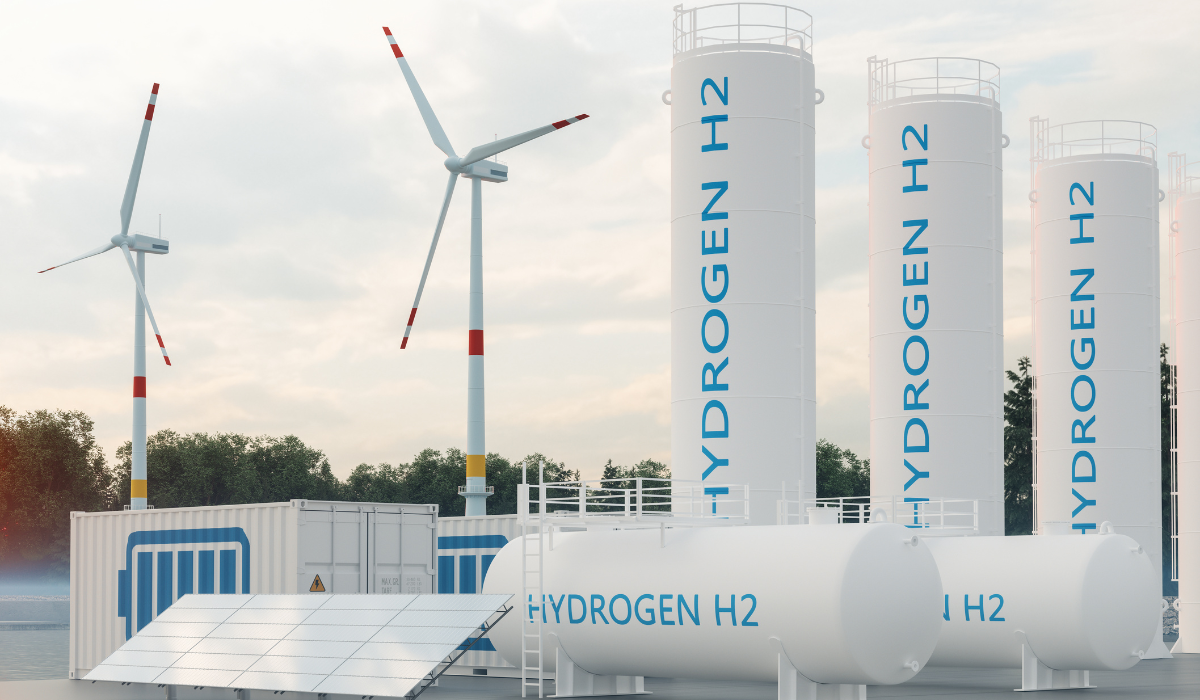
©onurdongel via Canva.com
Federal Guidelines Tighten Hydrogen Power Development for Tax Credits
December 22, 2023
Friday marked a significant milestone in the world of clean energy as the White House, in collaboration with the Treasury Department and the Department of Energy, released eagerly awaited guidelines. The new directives have established strict environmental standards for hydrogen power development to qualify for the federal tax credits under the 2022 Inflation Reduction Act (IRA).
The proposed IRA rules, supported by environmentalists and specific green energy firms but contested by other industry sectors, link a generous $3 per kilogram hydrogen production credit to rigid green energy standards. This aims to enhance the clean hydrogen sector, which is crucial for reducing hard-to-decarbonize emissions like in heavy industry and transportation.
President Biden, during his “Investing in America” tour, visited the Cummins Power Generation Facility, which pledged $10 million toward its first U.S. electrolyzer manufacturing facility. Used in hydrogen production, electrolyzers contribute to decarbonizing heavy-duty transport and industrial activities.
Hydrogen technology, key in shipping, heavy trucking, cement, and steel manufacturing, could significantly minimize future greenhouse gas emissions. Despite opposition, the IRA’s hydrogen production tax credits, enacted by Biden in August 2022, are among the most significant clean energy incentives. However, debates over potential carbon emissions from hydrogen production have caused delays in guidance issuance.
Under new rules, tax credits last for 10 years from the time a hydrogen production facility comes online, for projects commencing before 2033. Concerns arise over carbon emissions if electricity for hydrogen production via electrolysis derives from fossil fuels.
New rules state that the maximum tax credit can only be claimed if the electricity is from a renewable source that became operational within three years of a new facility’s service initiation. From 2028, electricity must come from a clean source on an hourly basis. However, industry groups and hydrogen companies strongly oppose the proposal, calling for a more relaxed approach to motivate investment. Conversely, some officials believe avoiding strict requirements will spur innovation and hasten clean energy transition.
The updated guidance is likely to face congressional opposition, including from several Senate Democrats who maintain that the IRA was intended to allow for a gradual introduction of strict guidance. Overly prescriptive guidance, they argue, could inhibit the growth and certainty needed for clean hydrogen to provide meaningful alternatives for hard-to-decarbonize sectors and to realize the potential job creation the Energy Department projects the clean hydrogen industry could achieve by 2030.
Recent News
NHTSA Investigates Tesla Autopilot Again After Recent Software Update
Tesla Autopilot is once again the subject of an NHTSA investigation.
Home Depot Holds Halfway to Halloween Sale: Skelly’s Back
It’s halfway to spooky season, and Home Depot is celebrating.
Kaiser Discloses Health Insurance Data Breach
Health insurance company Kaiser is notifying millions of its current and former members about a data breach. The breach occurred when Kaiser shared patients’ information with third-party advertisers like Google, Microsoft, and X (formerly Twitter).
Satirical Site The Onion Acquired by Global Tetrahedron
The satirical news website, The Onion, has been sold by G/O Media to a group of digital media veterans.

